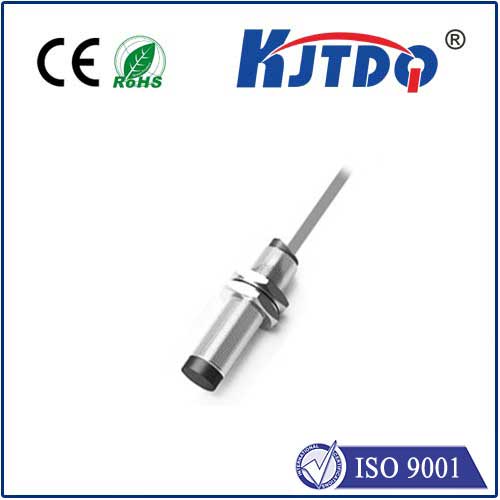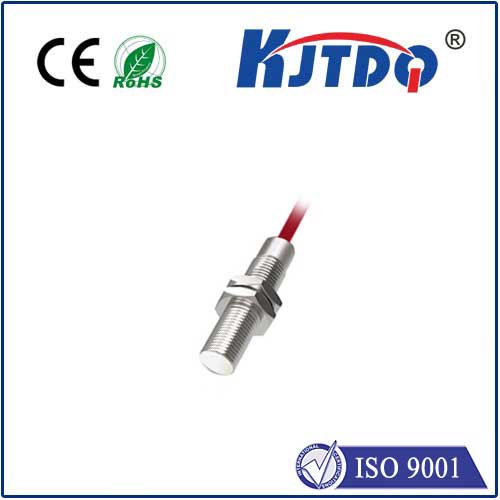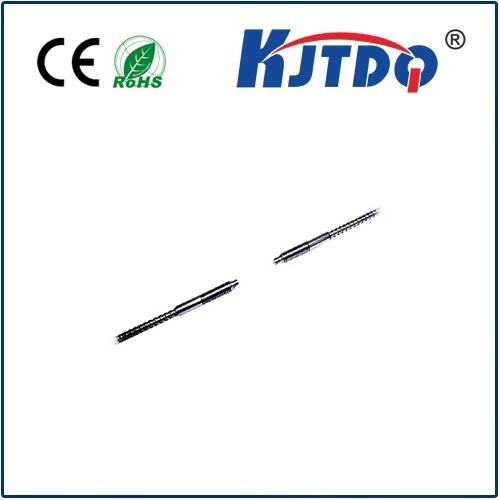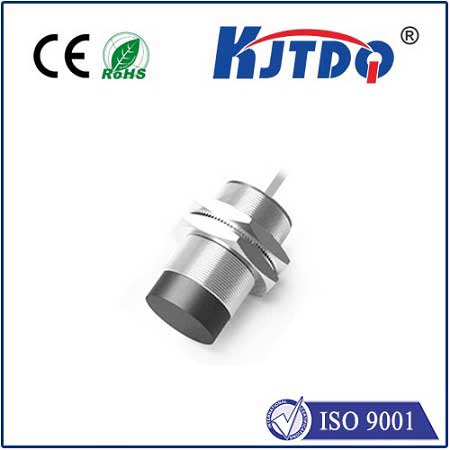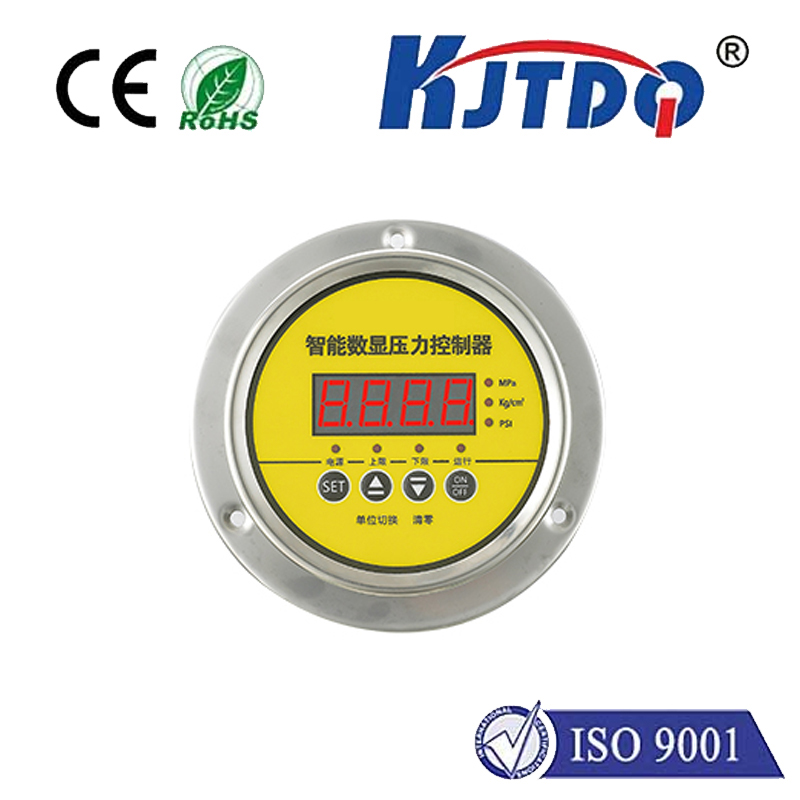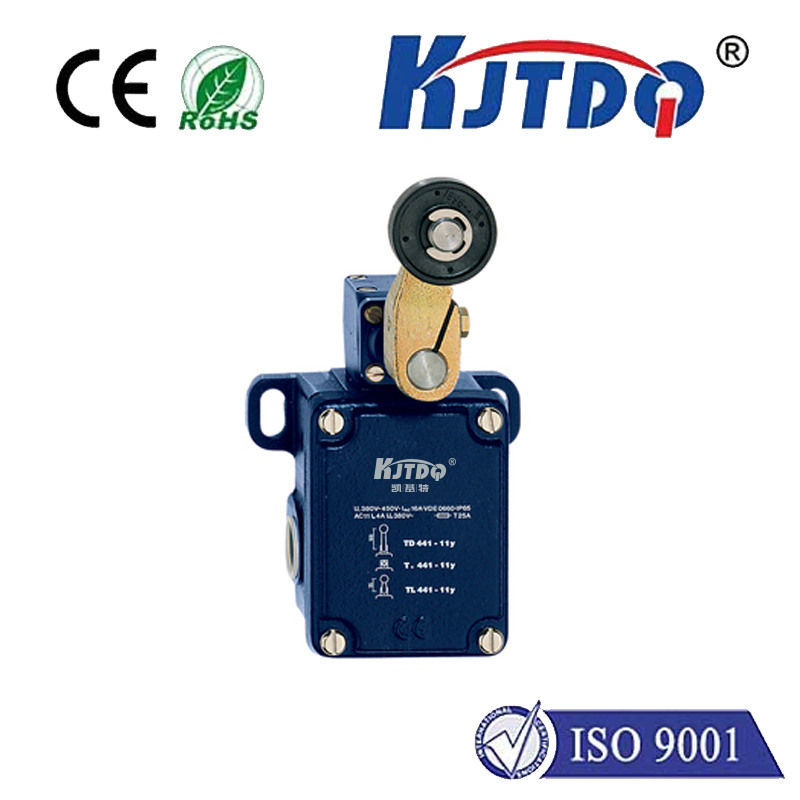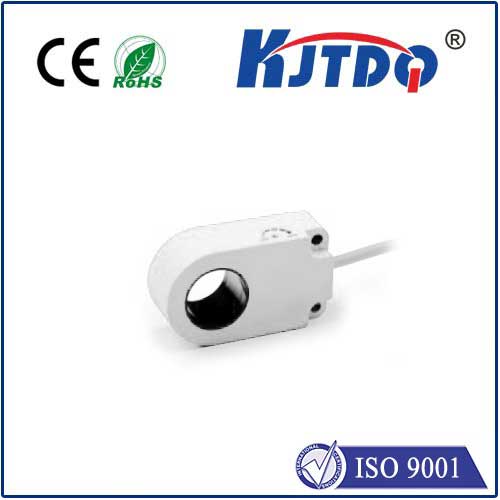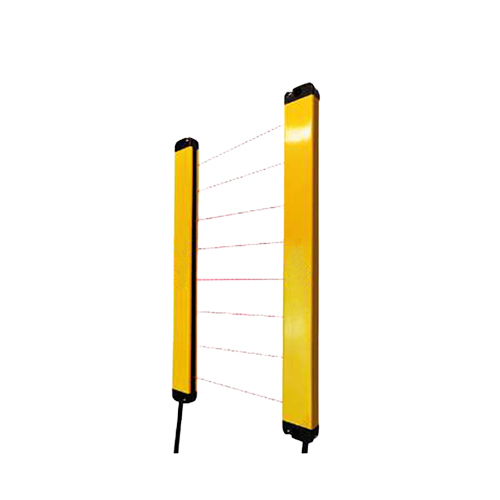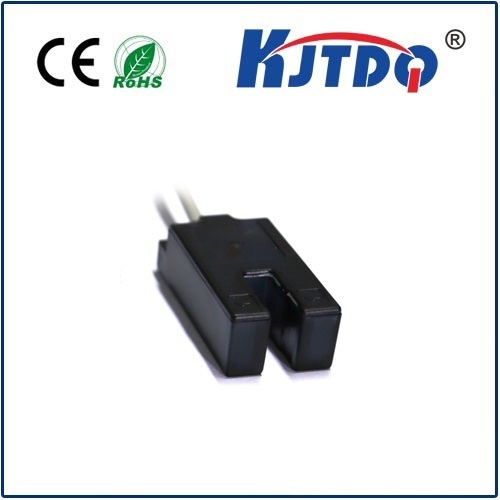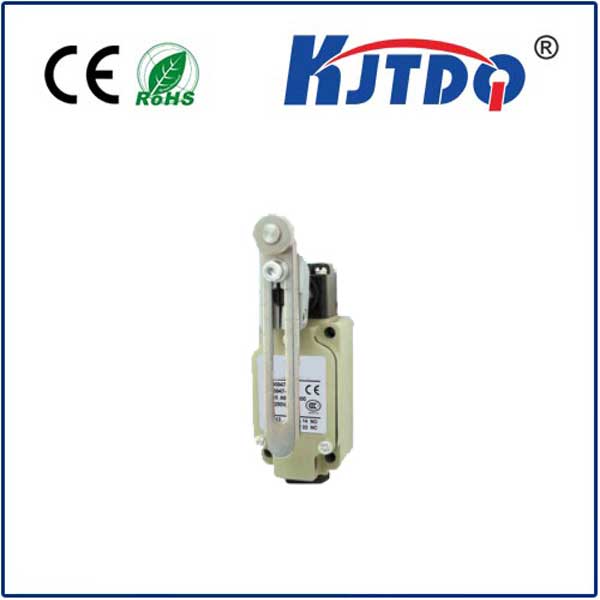BHS004L high pressure proximity sensor
- time:2025-10-15 02:06:06
- Click:0
BHS004L: Your Ultimate High Pressure Proximity Sensor Solution for Demanding Environments
Imagine a critical piece of heavy machinery on an offshore oil rig, or a high-tonnage press forging automotive parts deep within a manufacturing plant. Now, imagine the chaos and costly downtime if a sensor monitoring vital positions fails – not due to electronics, but because relentless hydraulic pressure crushed its housing. This is the exact scenario the BHS004L High Pressure Proximity Sensor is engineered to prevent. Designed to excel where standard sensors falter, the BHS004L offers unparalleled reliability in the most punishing pressure environments.
Understanding the Core Challenge: Pressure vs. Proximity
Proximity sensors, fundamentally, detect the presence or absence of a metallic target without physical contact, typically using inductive sensing principles. They are workhorses in automation, controlling positioning, counting, and safety functions. However, standard inductive sensors have a critical vulnerability: their housings, often made from materials like PBT plastic or thinner metals, simply aren’t built to withstand sustained high external pressure. When exposed to aggressive hydraulic fluids, oils, or even high-pressure washdowns (common in food & beverage or pharmaceutical processing), these housings can deform, crack, or allow fluid ingress. This leads to sensor failure, inaccurate readings, and potentially catastrophic system breakdowns.
The BHS004L Difference: Engineered Resilience

This is precisely where the BHS004L High Pressure Proximity Sensor distinguishes itself. It’s not a minor upgrade; it’s a purpose-built solution:
- Robust Construction: The defining feature is its significantly reinforced, heavy-duty housing. Typically crafted from high-grade stainless steel (like 303 or 304SS), its walls are thicker and its overall geometry is optimized to resist deformation under immense external pressure. This robust shell acts as an impervious shield for the sensitive internal electronics.
- Superior Sealing: Beyond just physical strength, the hermetical sealing techniques used in the BHS004L are crucial. Advanced methods like laser welding or specialized high-pressure-rated O-rings ensure an exceptionally tight seal at critical points, such as where the sensing face meets the housing and the cable entry gland. This prevents highly pressurized media from penetrating the sensor cavity, even during prolonged submersion or exposure to jet sprays.
- Enhanced Environmental Protection: While pressure resistance is its superpower, the BHS004L usually boasts impressive IP ratings (Ingress Protection), often reaching IP67, IP68, or even IP69K. This means it’s also highly resistant to dust, water jets, and temporary submersion, making it ideal for harsh industrial or outdoor settings beyond just high-pressure lines. It often features excellent resistance to common industrial chemicals, oils, and coolants.
- Reliable Inductive Sensing: Underneath its tough exterior, the BHS004L utilizes proven inductive technology. When a metallic target enters its sensing field, it induces eddy currents within the target, causing the sensor’s internal oscillator to dampen. This change is detected, triggering an output signal (typically PNP or NPN transistor switching). The BHS004L ensures this reliable core function remains operational despite the hostile surrounding pressure.
Where Does the BHS004L High Pressure Proximity Sensor Shine?
Its unique capabilities make it indispensable across numerous demanding sectors:
- Hydraulic Systems: The prime application. Monitoring cylinder end positions, valve spool positions, or detecting targets within high-pressure hydraulic lines and manifolds. Think construction equipment, presses, injection molding machines, and marine hydraulics.
- Fluid Power Equipment: Detecting components within pumps, valves, and actuators operating under high oil pressure.
- High-Pressure Washers & Processing: Surviving the intense pressures of industrial cleaning systems (IP69K rating is key here) or food processing lines utilizing high-pressure sterilization or pasteurization.
- Heavy Machinery & Off-Highway Vehicles: Withstanding the vibrations, shocks, and potential fluid pressures encountered in mining, agriculture, and forestry equipment.
- Oil & Gas: Reliable operation in critical extraction, refining, and pipeline monitoring applications where pressure and harsh conditions are the norm.
- Presses & Stamping: Accurately detecting die positions or material presence within massive presses generating extreme tonnage forces, often accompanied by high hydraulic pressure.
Key Advantages Over Standard Proximity Sensors
Choosing a BHS004L isn’t just about surviving pressure; it delivers significant operational benefits:
- Reduced Downtime & Maintenance Costs: Its inherent toughness drastically lowers the frequency of sensor failures caused by pressure damage or ingress, minimizing costly production stoppages and replacement needs.
- Enhanced System Reliability: Consistent, accurate sensing in critical high-pressure zones means fewer false signals, fewer machine faults, and smoother overall operation of complex systems.
- Improved Safety: Reliable sensor function in hydraulic or press systems is often critical for preventing hazardous conditions like unintended machine movement or component failure under load.
- Longer Service Life: The combination of robust materials and superior sealing translates directly into a significantly extended operational lifespan compared to standard sensors in comparable high-pressure environments.
- Peace of Mind: Engineers and maintenance managers gain confidence knowing that these mission-critical sensing points are covered by a component specifically designed for the challenge.
Implementing the BHS004L Effectively
While incredibly robust, maximizing the performance of any industrial proximity sensor requires proper consideration:
- Mounting: Ensure secure mounting according to specifications. The sensing face must be positioned correctly relative to the target (confirm nominal sensing distance/Sn). Using appropriate mounting hardware is crucial to maintain the housing’s integrity under pressure.
- Cable Management: Protect the sensor cable from abrasion, sharp bends, and crushing, especially near the gland entry. Use cable guides or conduits in high-risk areas.
- Electrical Compatibility: Verify the sensor’s output type (e.g., PNP NO, NPN NC), voltage range (commonly 10-30V DC), and current rating match your control system requirements.
- Target Material & Size: Inductive sensors require ferrous metals (steel, iron) or specific non-ferrous metals (like brass or aluminum, but with reduced sensing distance). Ensure the target is sufficiently large and moves within the specified sensing range.
The Essential Investment for High-Pressure Reliability
In environments where pressure isn’t just a factor but a defining characteristic, standard proximity sensors are a liability waiting to happen. The BHS004L High Pressure Proximity Sensor represents a vital engineering solution, providing the exceptional durability and reliable performance demanded by these challenging applications. It transforms a potential point of failure into a pillar of robust system operation, safeguarding productivity, reducing costs, and ensuring critical machinery functions as intended, even under the most intense pressure. For engineers specifying sensors where hydraulic force reigns supreme, the BHS004L isn’t just an option; it’s often the essential choice.






